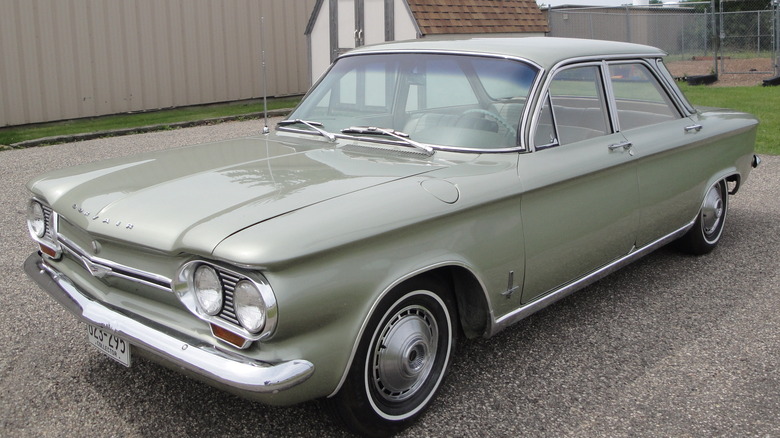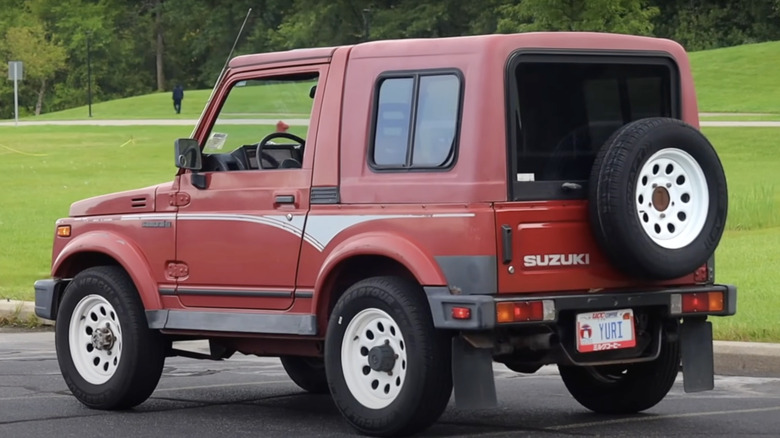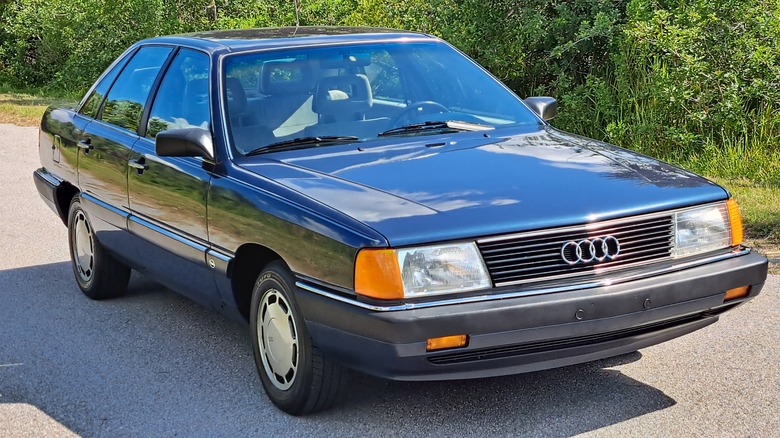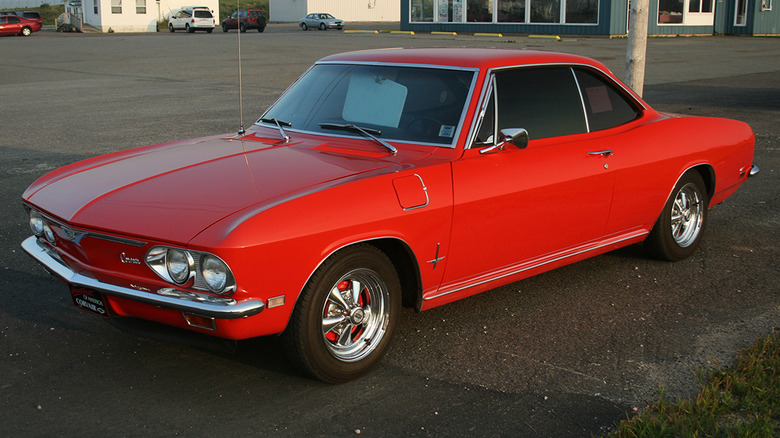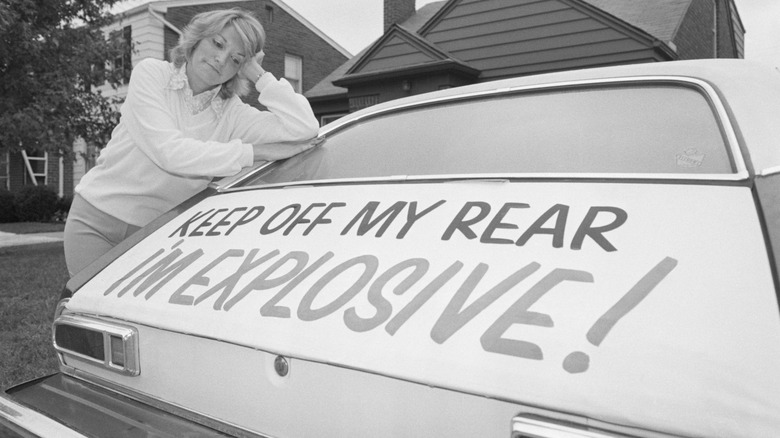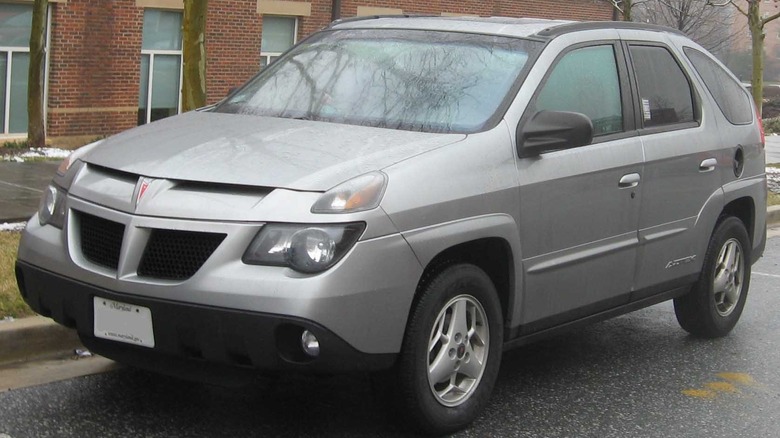5 Cars That Don't Deserve Their Bad Reputations
Cars, trucks, and SUVs inspire strong opinions. The Chevrolet Corvette and Ford Mustang are among models with the loyal fan bases, and the very similar Jeep CJ5 and CJ7 have inspired cars that are basically Jeep clones. Not every vehicle has been as big a hit as these, though.
The Edsel was an over-engineered disaster that lost Ford a quarter of a billion dollars, and the Renault Dauphine was rickety, uncomfortable, and slow. But for every unqualified catastrophe like the Edsel and Dauphine, there are a few cars that were unfairly labeled as disappointments. Some were anomalies of their era that just needed the industry to catch up to them, others were the subjects of questionable testing practices, and at least one was a victim of unethical journalism. Here are five cars we think aren't worthy of the hate they got.
[Featured image by Greg Gjerdingen via Wikimedia Commons | Cropped and scaled | CC-BY SA 2.0]
The Suzuki Samurai got a bum rap from Consumer Reports
The Suzuki Jimny had been in production for nearly two decades when it came to the U.S. in 1986 as the Samurai. The petite sport-ute earned a following among people looking for a more fuel-efficient alternative to the Jeep CJ7 and the Wrangler, which replaced the CJ7 the next year. But much of the enthusiasm for the Samurai was squashed in 1988, the year it got a nearly $2,000 price increase to $8,495.
That's only the equivalent of about $23,000 today, which would make it one of the cheapest cars available. But that same year, Consumer Reports published an article claiming that the Samurai had a tendency to "easily roll over in turns." Suzuki contested the testing methods used by Consumer Reports' owner Consumers Union, and filed a corresponding lawsuit in 1996. By then, the Samurai had been pulled from the U.S. market, and the parties later settled out of court.
The Samurai has since developed a reputation as a capable off-roader. Eduardo Canales and Gonzalo Bravo drove one to a record altitude of 21,942 feet on the Ojos del Salado volcano in their native Chile in 2007. They brought back a sign placed by the drivers of the previous record holder that read "Jeep parking only — all others don't make it up here, anyway." The Samurai has become a favorite for customizers, too, so much so that it can be hard to find one in original condition.
60 Minutes wrecked the Audi 5000's reputation
The Audi 5000 hit American roads in the early '80s and earned rave reviews. Car and Driver praised its gentle manners at high speeds, naming it one of the 10 best cars of 1984. But in 1986, an episode of "60 Minutes" claimed the 5000 was prone to "sudden acceleration," where the car would take off while the driver was seemingly had a foot on the brake. It turned out that a combination of driver error and less-than-ideal pedal placement was to blame, and the problem nearly disappeared when Audi installed a shift lock linked to the brake pedal.
It was later revealed that the "60 Minutes" broadcast involved a car that had air injected into the transmission to cause the crash, but billions of dollars worth of lawsuits were filed against Audi in the aftermath. One class-action suit representing more than a quarter of a million Audi owners sought damages for lost resale value because of the sudden acceleration controversy, but the brand slowly recovered from this public relations nightmare.
The stink has lingered on the 5000, though, and you can often find one on the secondhand market for less than $10,000. That's a flat-out bargain for a car as beautiful, capable, and luxurious as this one.
The Chevy Corvair wasn't really unsafe at any speed
The Chevrolet Corvair is another good car whose reputation was wrecked by bad journalism. In this case, the culprit was consumer advocate Ralph Nader, who spent the first chapter of his 1965 book "Unsafe at Any Speed: The Designed-In Dangers of the American Automobile" discussing an issue with the 1960-1963 Corvair's rear suspension. The car's rear-axle half-shaft design and weight bias from the engine being mounted in back could cause aggressive drivers to lose control, but 1971 tests conducted by the Department of Transportation found that the Corvair's handling was comparable to similar cars' from that period.
General Motors' initial response was to have Nader tailed, which only served to publicize the controversy — and his book. But while the "Unsafe at Any Speed" debacle did plenty of damage to the Corvair's reputation, the car was a remarkably innovative effort by GM. The engines in the Corvair Monza Spyder and Oldsmobile Jetfire underwent simultaneous development, and were the first two turbocharged production cars made in America.
GM eventually acknowledged the problems with the Corvair's suspension and redesigned it for the second generation that arrived at dealerships around the time "Unsafe at Any Speed" hit bookstores. Chevy kept it in production through 1969, likely in part to spite Nader and his allies, and it's become a highly regarded classic. Several clubs full of fans of the model exist today, and well-preserved first-gen Corvairs routinely fetch more than $25,000.
The Ford Pinto's flammability was exaggerated
The Ford Pinto arrived at dealerships in 1970 after a somewhat rushed development that led to a legitimate major issue involving rear-end crashes. The Pinto's gas tank was mounted behind the rear axle, one of many design flaws that increased the potential of fuel spilling on the Pinto, the car behind it, and the roadway. Stray cigarette embers or sparks from the collision could ignite the fuel, and the Pinto crumpled in a way that sometimes made escape via its doors impossible. Multiple well-publicized claims were made that as many as 900 people died in Pinto crashes that resulted in fires, but a National Highway Transportation Safety Agency report chronicled a far lower toll: 26 deaths and 107 injuries.
With its European styling and underpinnings, the Pinto was far more than a representation of Ford's worst engineering efforts. The fuel-efficient subcompact became an instant sensation as the oil crisis was hitting America. Ford sold well over a million Pintos in the model's first three years, although reports of fires cut sales by more than half between 1974 and 1975. For the 1977 model year, the federal government mandated that all cars be able to sustain a 30-mph collision without spilling fuel, and Pintos were redesigned with a stronger fuel filler neck and a shield for the tank. Ultimately, the fires burned up any hope of Ford's new subcompact becoming a true classic, and the Escort replaced the Pinto in 1981.
The Pontiac Aztek was quirky and underappreciated
The Pontiac brand enjoyed a run of more than 80 years, from 1926 until GM dumped the Pontiac label as a flop during a government-mandated bankruptcy restructuring. One of Pontiac's later production vehicles was the Aztek, a misshapen SUV that may have simply been ahead of its time. In 2017, Time named it one of the 50 worst cars of all time, with the caution that beneath a "deformed" skin lay "a useful, competent crossover."
Part of the initial revulsion for the Aztek was that customers in the early 2000s were mostly interested in full-sized SUVs or economical sedans, and the Aztek landed squarely in between those two extremes. A design-by-committee approach was meant to incorporate elements of the Chevy Blazer and Camaro with the upright stance of a minivan, and resulted in an ugly form. Despite that, design elements like plastic body armor and a front end that resembles the face of a "Star Wars" character have become the standard on modern crossovers. The Aztek also had a customizable digital dashboard and head-up display long before those features were commonplace.
The much-maligned Aztek got a boost when "Breaking Bad" creator Vince Gilligan assigned one to schoolteacher-turned methamphetamine kingpin Walter White (Bryan Cranston), and Edmunds ranked it among the 10 most popular vehicles for millennials during the show's last few seasons.
[Featured image by IFCAR via Wikimedia Commons | Cropped and scaled |Public Domain]
